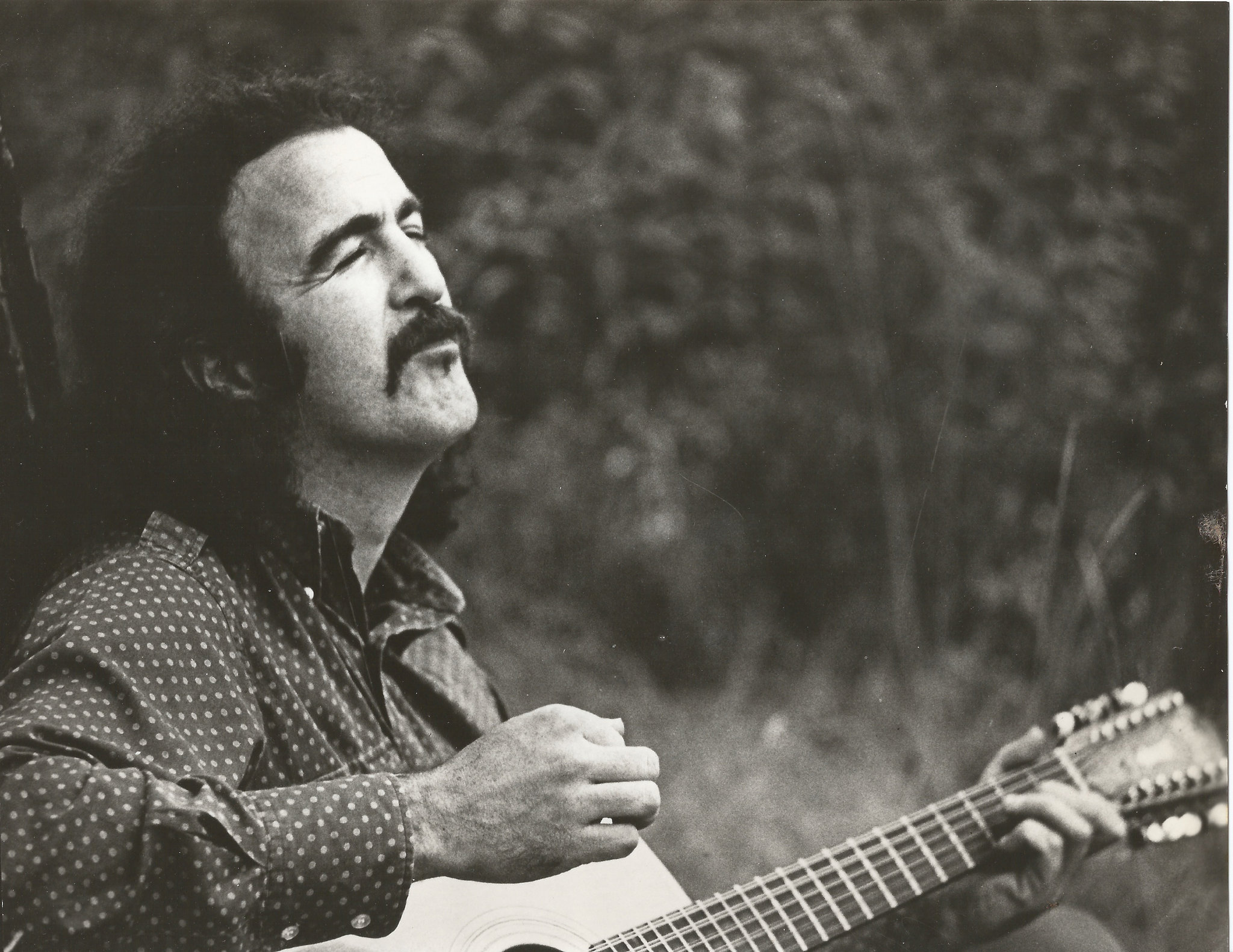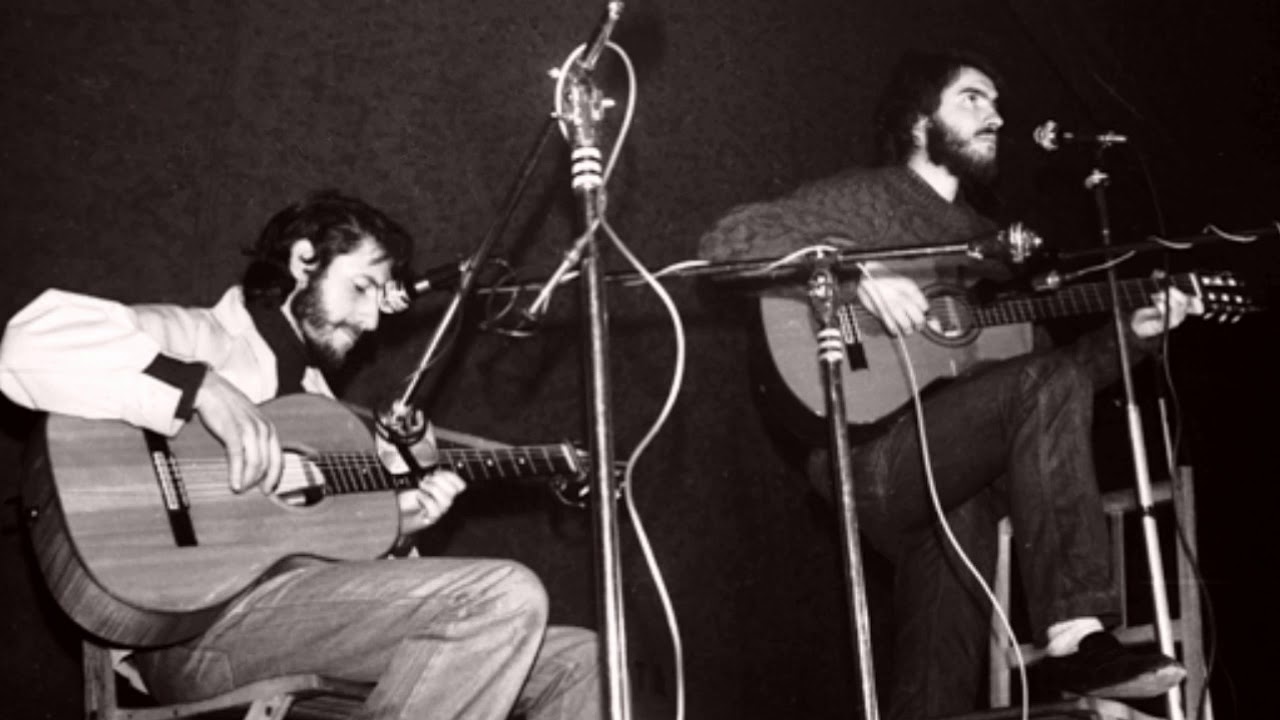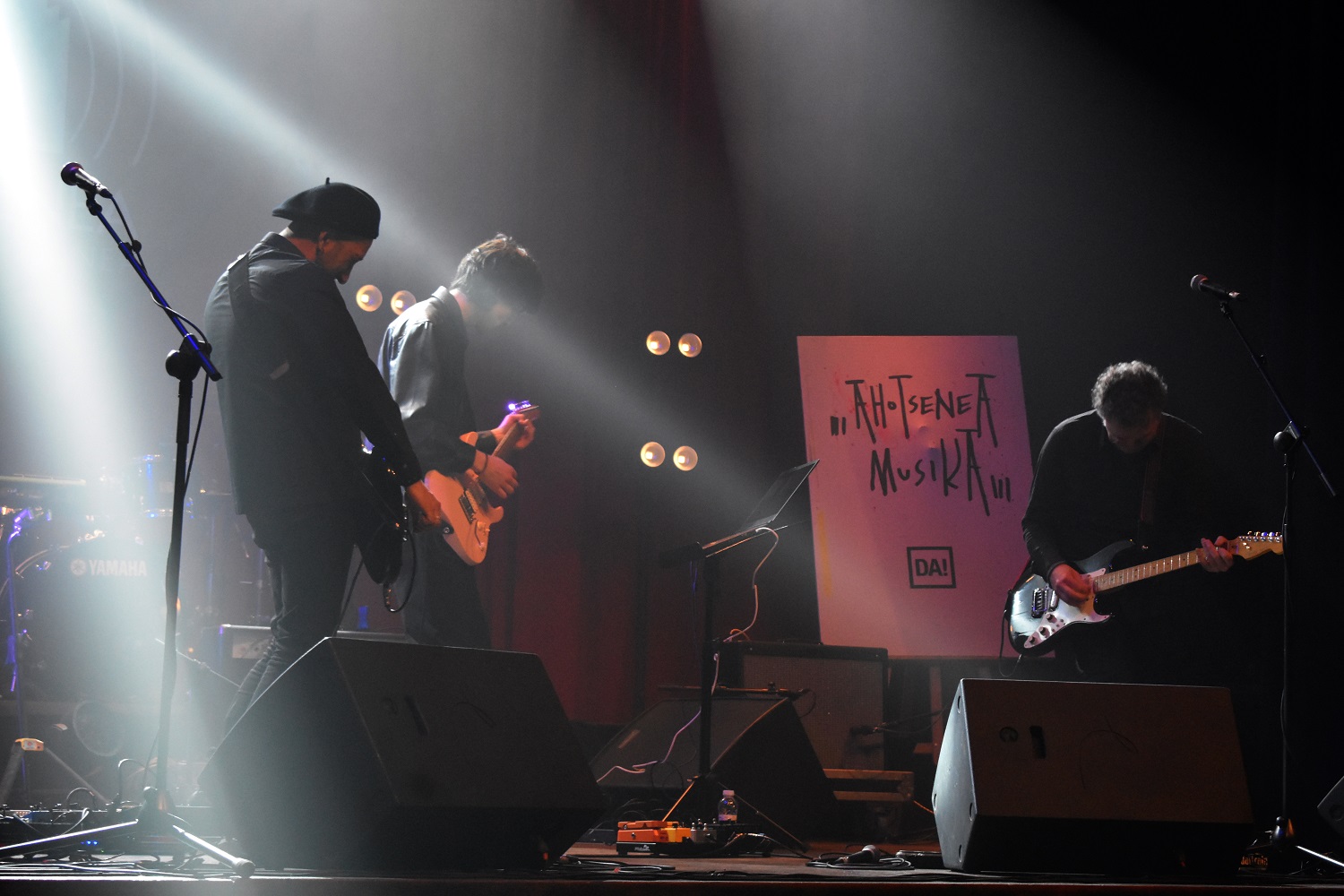The caresses of the tragic musicians
- Alfonso Cardenal Vida Perras. Musical tales of the Sonoro Couch (Hard lives. He just published a book called "Musical Tales of the Soundsofa." In it, he has collected unfortunate little biographies of twenty cult musicians abandoned in the corners of popular music history, most African-Americans and many women.

As the author himself explains in the introduction of the book, the documentation about these artists is scarce, and many of them were also false fans. Thus, twenty stories take the form of mystery and fiction to highlight the failures of missing and largely unknown musicians, although some of them have fallen asleep in those dreams of success and in the temporal ones. So in these hard lives, drama dominates faith, pride, optimism and redemption. The author Cardinal in the interview of the Being in the Spanish state explains that “Success is weirder than failure, but I don’t think one is more interesting than the other. I like people who are out of the system, out of the rules, out of what everyone does, and I think it's easier to do it when you're not successful, when what you do doesn't matter to anyone." Cardenal runs the Sonoro Couch program on the same station.

However, in these sandalose tours music predominates as laughter to liberate souls converted into ashes. The list of characters who considered music as a trade or passion is curious and varied, although the shadow of black music and folk is evident. In the ranking, Little Willie John sang the famous Fever, a garage-rock crab group made up of three sisters and led by his father with hard hands, and Magín Díaz, who fed Caribbean folk music from anonymity.
Cardinal also mentions Abner Jay and Tom Wilson among the booklist favorites. Jay was an orchestral who traveled in his camper in the United States and wanted to play in mall parking: “He looked like one of those men selling elixires against alopecia and without love.” Tom Wilson, producer, produced albums by Bob Dylan and The Velvet Underground, among others, and released Frank Zappa. “He was the ultra-conservative African-American who played tennis, he liked luxury, he graduated from Oxford and was the only black producer of the Columbia company. I would like to know how he lived far from the fight for civil rights and racism, and why one day, without further ado, he decided to leave rock.” The turbulent lives of three eccentric artists extracted from this book, following the intricacies of the author of the book.
Extraterrestrial
folk Jim Sullivan (1945-1975) was an American folk musician obsessed with space, science fiction and unknown flying objects. His passion was so great, U.F.O. (1969) recorded a titled album in which folk combined with psychodelia. But the record didn't stand out too much. However, he coined his second homonymous work in 1972 and was published by Playboy magazine. Record labels were faced with a small problem: they did not know where and how to classify the work posted by a porn post. Consequently, this second attempt also took place without echo.
He completely sunk, fired his family, drove his car and headed to Tenness. On the road were detected and caught by two police officers – says Cardinal: “The musician and the lightning and the balance” – and abandoned in Santa Rosa City of New Mexico, near the desert. He called his wife and disappeared without leaving clues.
40 years later, Marshall Sullivan, director of a record company, called the wife of the musician, U.F.O. in order to republish it. Suddenly, eleven recording fans flourished, especially because a radio show on paranormal phenomena talked about the record. Then a culture emerged around the musician, and the followers went from pilgrim to Santa Rosa in Mexico to look for clues that illuminate Sullivan's disappearance, although the musician's footprint could be in a distant galaxy, abducted by aliens.
Funk, the feline
Betty Davis (1945-2022), musician and funk model, is named after the jazz musician Miles Davis, whom he married at the age of 24, with whom Miles Davis was 42. The married couple lasted a year and a half and the young Betty became famous because her husband beat her.
Betty clearly marked in Miles, especially in aesthetics: “Betty introduced color, freshness, but also lynx, suede and scarf, and above all models of eye-catching, courageous and high-personality,” says Cardinal. “What it means to marry a 24-year model,” Miles said.
He also influenced his music, as in the trumpet proposal he found no trace for dance. As a result, he filled Miles' house with albums by Sly Stone, The Byrds, Jimi Hendrix and Aretha Franklin. Betty also made his way into music and recorded several albums: “His songs were raw, passionate and surprising. Different from the songs that were heard in shape. Provocative. Musical programs for those who see a woman who was comfortable with her body and sexuality uncomfortable. (…) I was going down the land, chaining, swinging, running.” Penthouse published music concerts: “Watching Betty Davis for the first time is like watching your first pornographic film when you expected a Disney movie.” Betty felt proud, but also uncomfortable. His fluidity was too daring for the radios of the time, and his success made him dodge.
He made a final effort: he jumped into the Japanese market, but it also became a sterile effort. Later, due to mental illness, he lived in poverty. Director Phil Cox found him in an artistic basement to make a documentary about the musician. Since then it has improved: they republished their albums and their songs were healed, among others, in hip hop songs or by Lenny Kravitz.
Nigerian futurist William
Onyeabor (1946-2017), a Nigerian musician born in the state of Endugu, is one of the few facts we have about him, as even the date of birth is not accurate. Because every time they asked him about his past, he only smiled and said, "I just want to talk about God." His biography is therefore totally diffuse. Some say he was a lawyer who studied in Oxford; others say he was a contractor who worked for Nigerian governments; and others believe he did a film production course in the Soviet Union in 1970, and when he returned to his country he built a studio to make a film. He was also made known to be named king of Enugu. So the musician's biography is a great enigma. “When Onyeab heard these stories, she laughed at her house, but had no intention of clarifying her life,” says Cardinal.
Always elegant, I didn't whistle anything because I was a devotional believer. Tech-savvy, I loved music above all else. He published eight albums manufactured by him from the mid-1970s to the early 1980s. Although Onyeab's music, powered by synthesizers, spread throughout Nigeria, it covered the mysteries of characters and people, who never said or appeared on television.
William's music later reappears in Europe through a collection of Nigerian music from the 1970s. This album was heard by members of the label Luaka Bop, directed by the leader of Talking Heads, David Byrn, and the brains were burned. “In his melodies he had shewed, instruments of wind and choirs, sounds of the 1980s, with spatial noises of video games and pinball, mixed with female voices, but also echoes of Fela Kuti’s Afrobeat and remains of the message.”
Benito Lertxundi 60 urte iraun duen kantugintza uzten zuela jakinarazi du Durangoko azoka aitzin. 2023an Gernikan grabatu zuen kontzertu baten diskoarekin bururatuko du bere ibilbide handia bezain aberatsa. Bazuen urtea hartua zuela erabakia, ez da erraza izan horren berri... [+]
Hatortxu Rock jaialdiko 29. edizioa egingo da larunbatean Atarrabian. Sarrerak jada agortuta daude, baina txandak osatzeko laguntza behar da oraindik.
Xabier Badiola
Gaztelupeko Hotsak, 2023
-------------------------------------------------
Let's see. “Current music” is called music to anything that has a box of electronic rhythms, and, of course, you can’t. In these lines we have tried to show that the labels and... [+]
TU
Where: Ahotsenea (Plateruena, Durango)
When: 8 December
-----------------------------------------
Scarves, umbrellas and eye holes are the protagonists of December 8 in Durango. On the last day of the fair they have joined at noon on Sunday and the densest winter... [+]
Novelty is usually one of the most heard words associated with the Durango Fair. The novelty is there, and here's the novelty. However, in some cases it is sufficient to give a different aspect to the previous one to paste that label. The CDs and remastered reeditions with... [+]
Il Trittico de Puccini
by: Symphony Orchestra of Navarra and Opera Choir of Bilbao.
Scene address: Paco Azorín.
Soloists: The great C. Alvarez, A. Blancas, M. Berti C. Isotton, K. Mattila, A. Ibarra, S. Esparza e I. The hotel.
Where: Euskalduna Palace of Bilbao.
... [+]
Anari + Belako When:
5 December.
Where: Sala Zentral de Pamplona.
-----------------------------------------------
I remember that the first time I saw Belako live was in the first month of Erasmus. I didn't go to see them, but a concert that was finally suspended. In return,... [+]
Nick Linbött
Nick Linbött
Kaset Productions, 2024
------------------------------------------------
With the vintage comic suit, the beginning of rock and roll and the experiences of the Cold War witnessed some of the generation characters who, with a ferocious... [+]






















